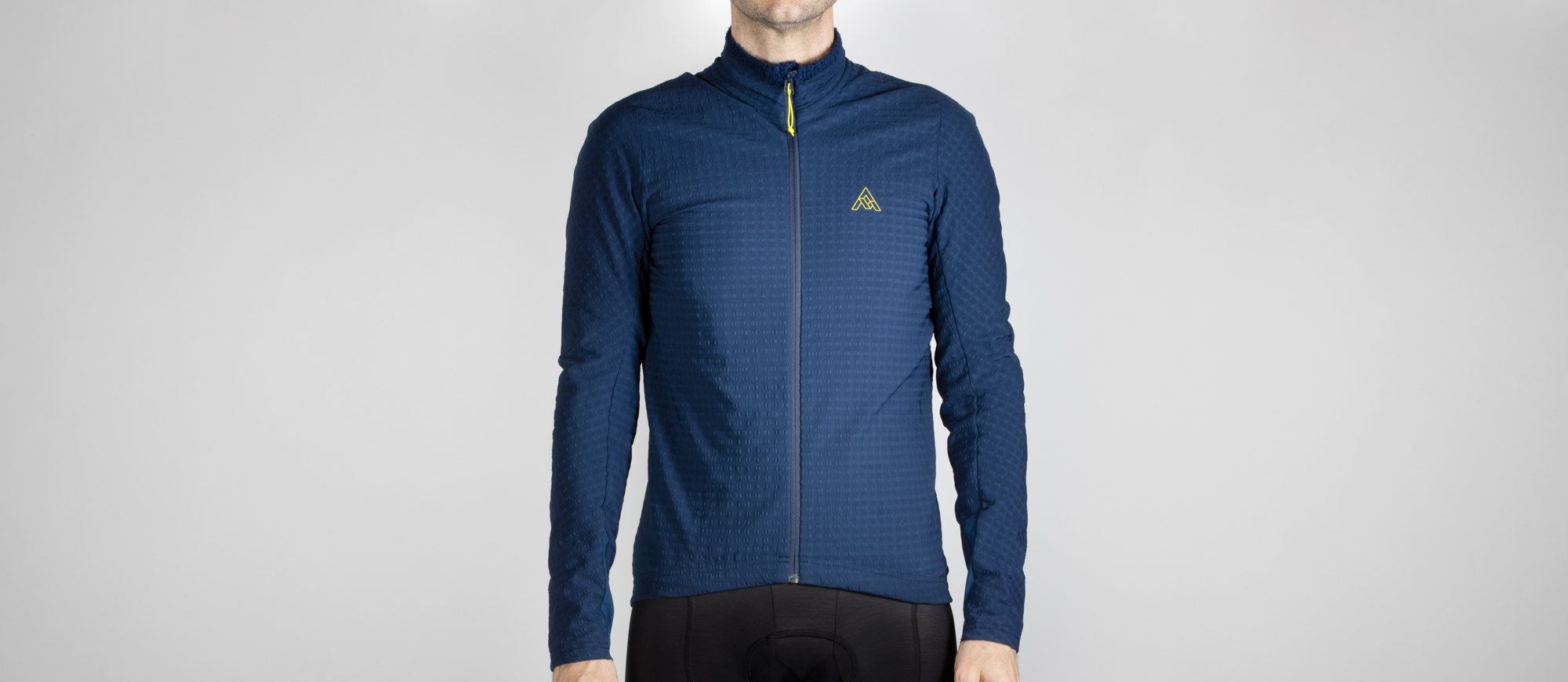Cyclingnews Verdict
The 7Mesh Seton isn’t special because you can use it as a midlayer or a top layer, that’s a bonus. What makes the Seton special is that it lacks a membrane and is incredible at moving moisture from your base layer to the membrane of a quality shell. This jersey will stay dry as a midlayer and dry is warm when it’s brutally cold.
Pros
- +
Fitted but comfortable
- +
Highly breathable matched with high wind resistance
- +
Lacks a membrane
- +
Interior holds heat and feels amazing
- +
PFC and PFAS-free
- +
Three large stretchy pockets
- +
Two big zippered pockets
Cons
- -
Small tooth single direction zipper
You can trust Cyclingnews
I'm constantly trying new thermal jerseys and long-sleeve options of all kinds. There are a lot of options out there but for years my strategy didn't really change. I would look for potential options to put on our list of the best cycling jerseys and I would evaluate them on their own.
In the past, I always considered layered systems as being an option designed to maximize adaptability. I thought when I knew the whole ride would remain cold that there was little point in trying to use layers. Then I talked to Ian Martin, co-founder of 7Mesh, and he gave me some new ideas.
Martin also talked to me about the Seton winter jersey that 7Mesh released this fall. Of course, Martin had good things to say about this new option from his company but I haven't just taken his word. Every time I've headed out into terrible weather to test a new shell, the Seton has been quietly in the background as support. Now I'm ready to talk about what this new winter jersey brings to the table and how it's different. If you are looking for a new strategy to stay warm, keep reading to see if the 7Mesh Seton is the solution you've been waiting for.
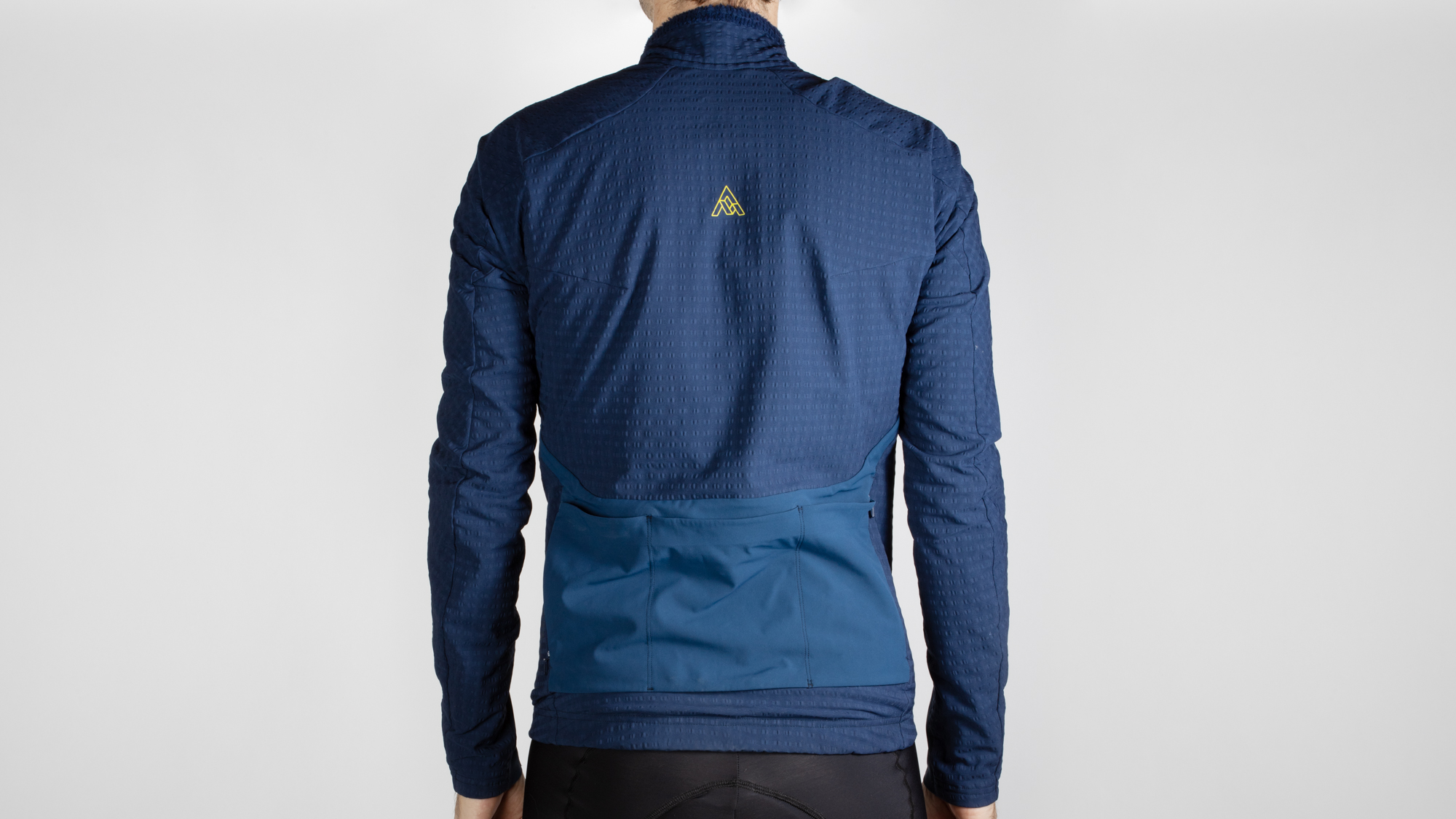
Design and aesthetics
As soon as you touch the Seton you know right away it's different. It doesn't look, or feel, quite like anything else on the market. Mostly, that stems from the fabric which is something special that 7Mesh refers to with the acronym WTV. The letters stand for Wind, Thermal, and Ventilation which represent the three challenges that WTV addresses. It looks different, it feels different, and it's constructed differently.
In terms of construction, one aspect is the focus on sustainability. The details are important to 7Mesh and you'll find certifications from Bluesign and Oeko-Tex as well as being both PFC and PFAS-free and using 34% recycled polyester. As important as those details are though, they are only one aspect of the design. The other side, with equal importance, is performance.
On that front, the main idea is that you'll leave your door and you won't need to touch it no matter what the weather is doing. This is where the different look and feel comes into play. In many cases, the desire to make a jersey work for a variety of situations would mean adding a membrane. That's the direction that Castelli and Rapha have gone with the Gore-Tex Infinium jerseys/jackets they both offer. 7Mesh works towards the same end result from a different direction.
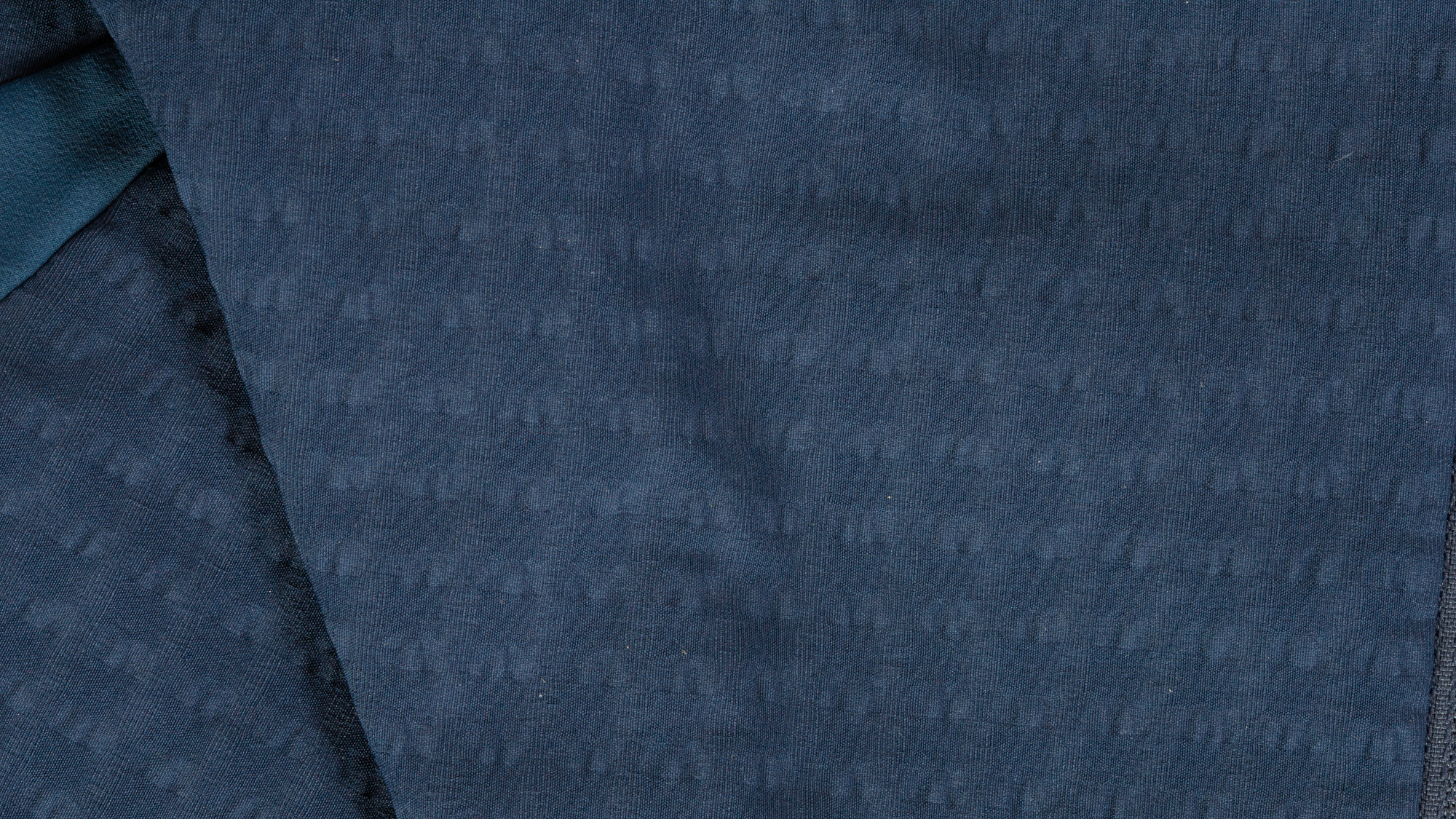
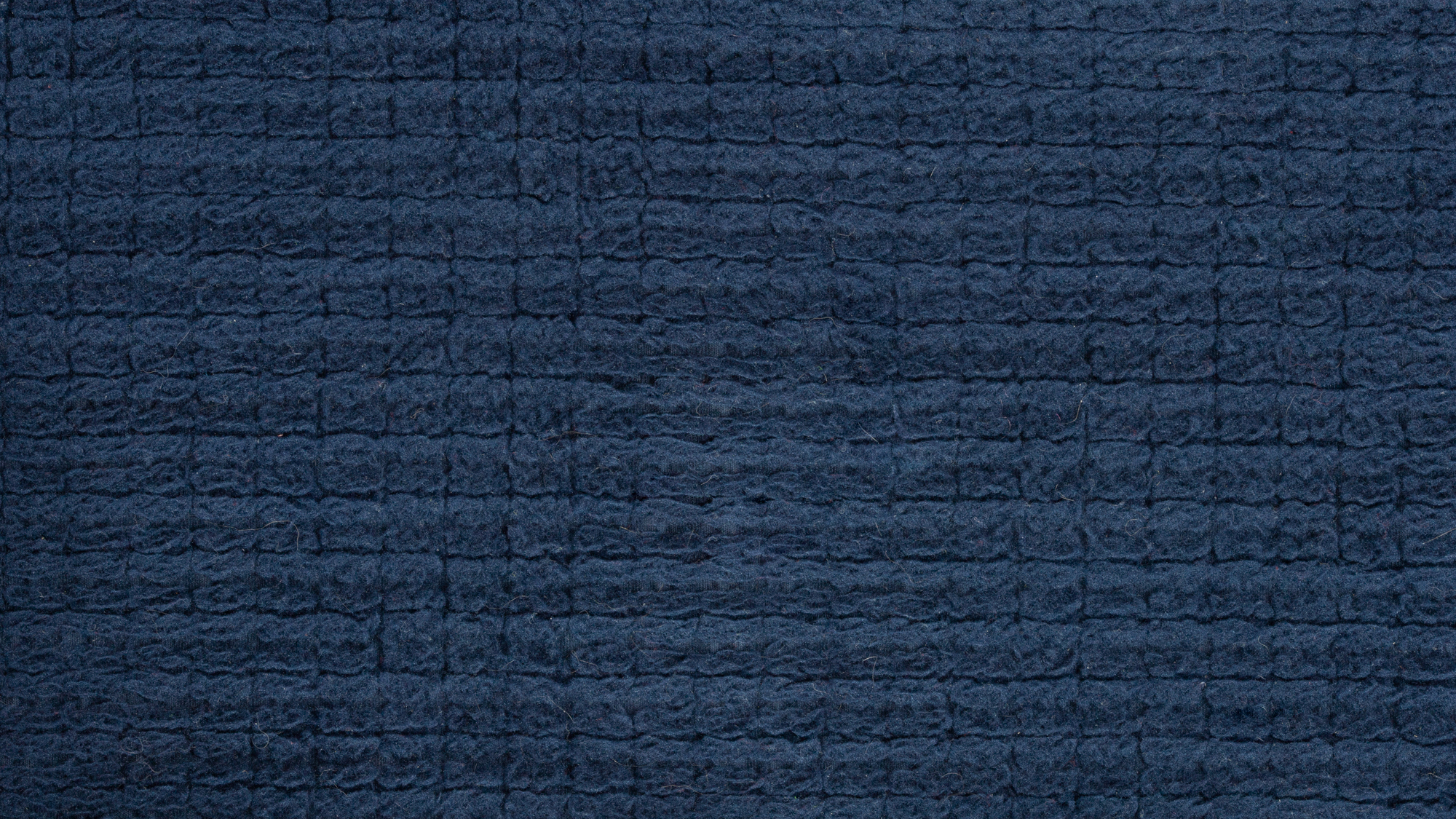
Instead of a membrane, the brand has chosen to balance breathability and wind-stopping with careful fabric design. WTV accomplishes this through a vastly different outer and inner face. Facing outward is a high-density weave that's robust enough to border on a hardshell and effectively stop wind. In some ways, that's like Gore-Tex Infinium but the lack of membrane pushes breathability even higher. Then, the inner face is deliciously soft and reminiscent of Polartec Alpha insulation. As in that material, the lofted design traps warm air without bulk.
The latest race content, interviews, features, reviews and expert buying guides, direct to your inbox!
Of course, a wonder material isn't enough to bring a jacket together. To really make the fabric work, 7Mesh starts with a unique pattern. It's not that unusual for the upper back of a jacket to use a single piece of fabric but 7Mesh uses triangular edges and darts. Then, the upper portion of the sleeves are the same piece of fabric as the front and side panels and there's another dart in the front of the shoulder. The result is a distinct curvature and space at the top of the jersey. Even when lying flat it has space for your body in a way you don’t normally see in a jersey.
The pockets are another part of the unique design in the Seton. WTV features 9% elastane but the pockets use a different material and this time it's a full 20%. You can put a lot of gear in the three main pockets and there are two zippered pockets as well. Those zippered pockets stretch the full width of the main pockets meaning, again, a lot of capacity. To make that capacity usable, the pockets float above the rest of the jersey. They reside within a self-contained package and only attach on three sides. That leaves the lower section free to bulge out without changing the fit of the drop tail rear of the Seton. Keeping everything stable is the job of the curved upper seam that ties into the midback. Once again, there’s nothing quite like that out there.
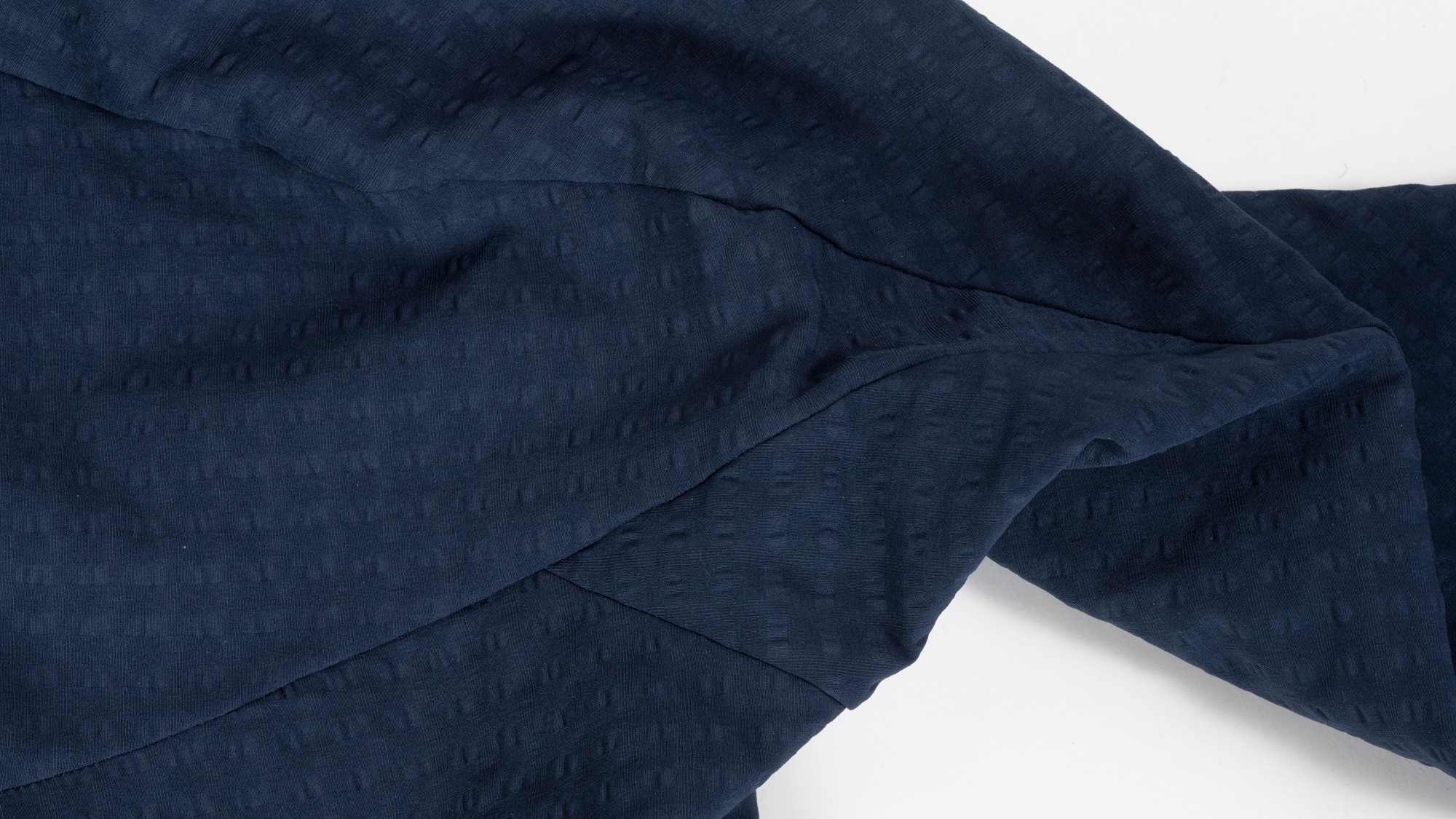
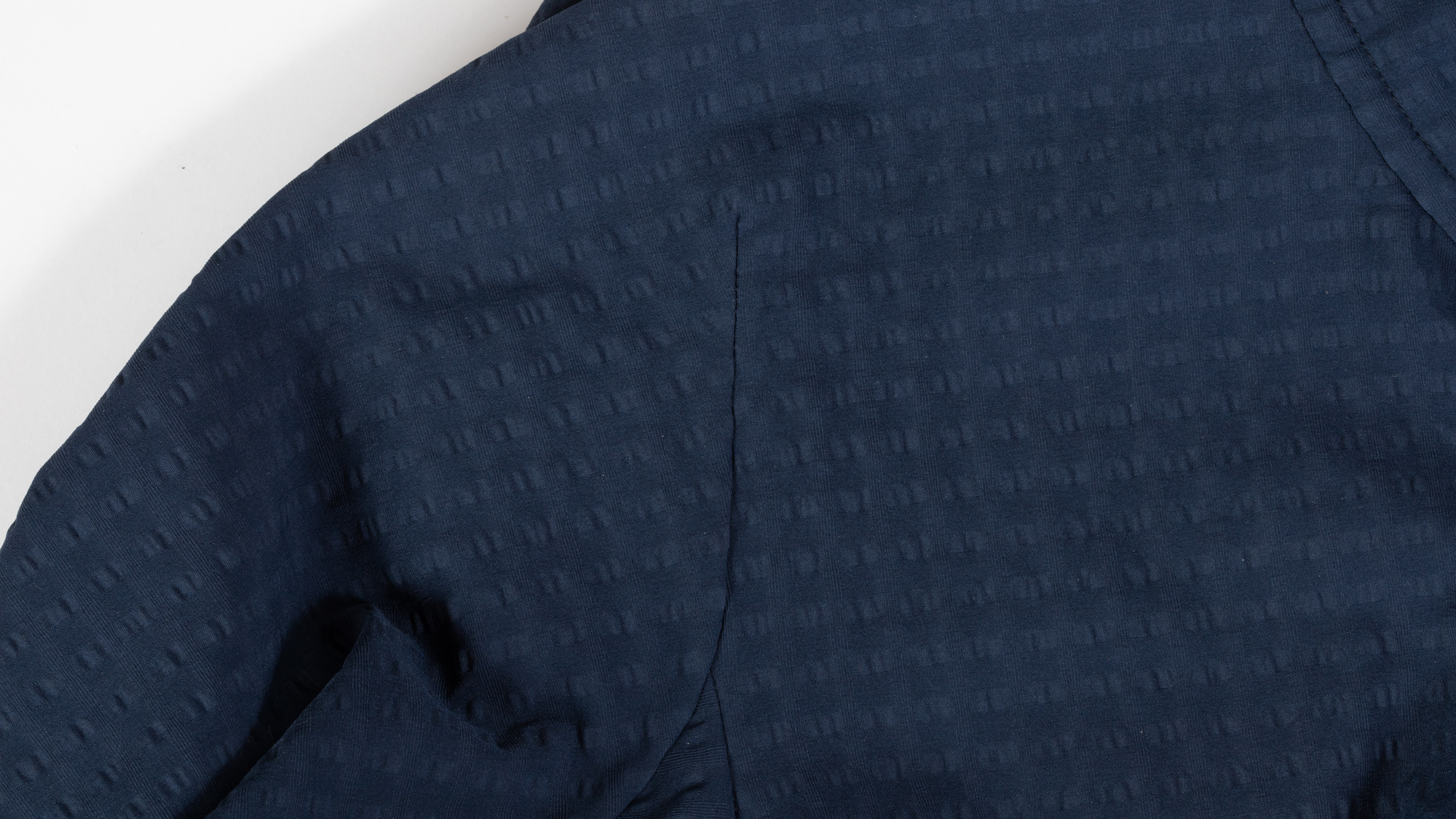
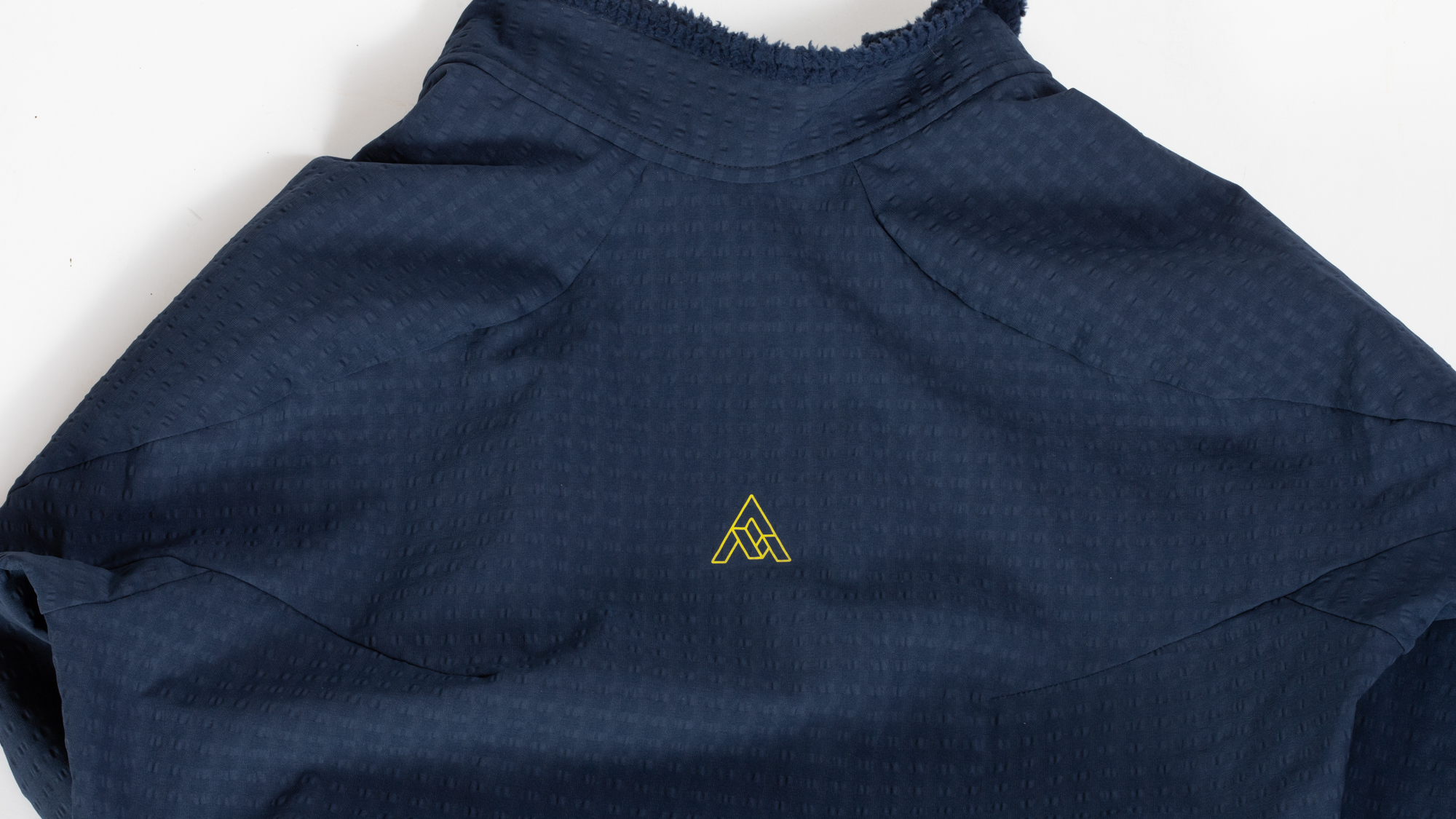
Performance
Unique doesn't always mean better but in this case, it absolutely does. The 7Mesh Seton came to me in the fall long before it was cold enough to wear and it almost fell off my radar. Although I knew right away that it was unique, I also had a time figuring out what to do with it in the beginning.
The initial marketing materials I saw were all about the ability of WTV to do it all. I live near one of the few temperate rainforests in the world and 7Mesh's head office is on the other side of the same landscape. The marketing shows lots of foggy, wet, and grey shots of riding mountain and gravel bikes through the trees with the implication that the Seton is all you need. The problem, for me, is that using it like that isn't all that special.
In fact, framed like that, it might not even be the best choice. The Castelli Perfetto RoS 2 jacket will handle that kind of riding better owing to its ability to handle more rain. If it gets colder than the Castelli piece can handle, then Assos has the Mille GT Winter jacket, the Equipe R Habu Winter Jacket S9, and the Mille GT Ultraz Evo which are all amazing single-layer solutions. If you want to go out with a base layer plus an outer layer, one of those four pieces is tough to beat and if that's how you look at the Seton, it's not that interesting.
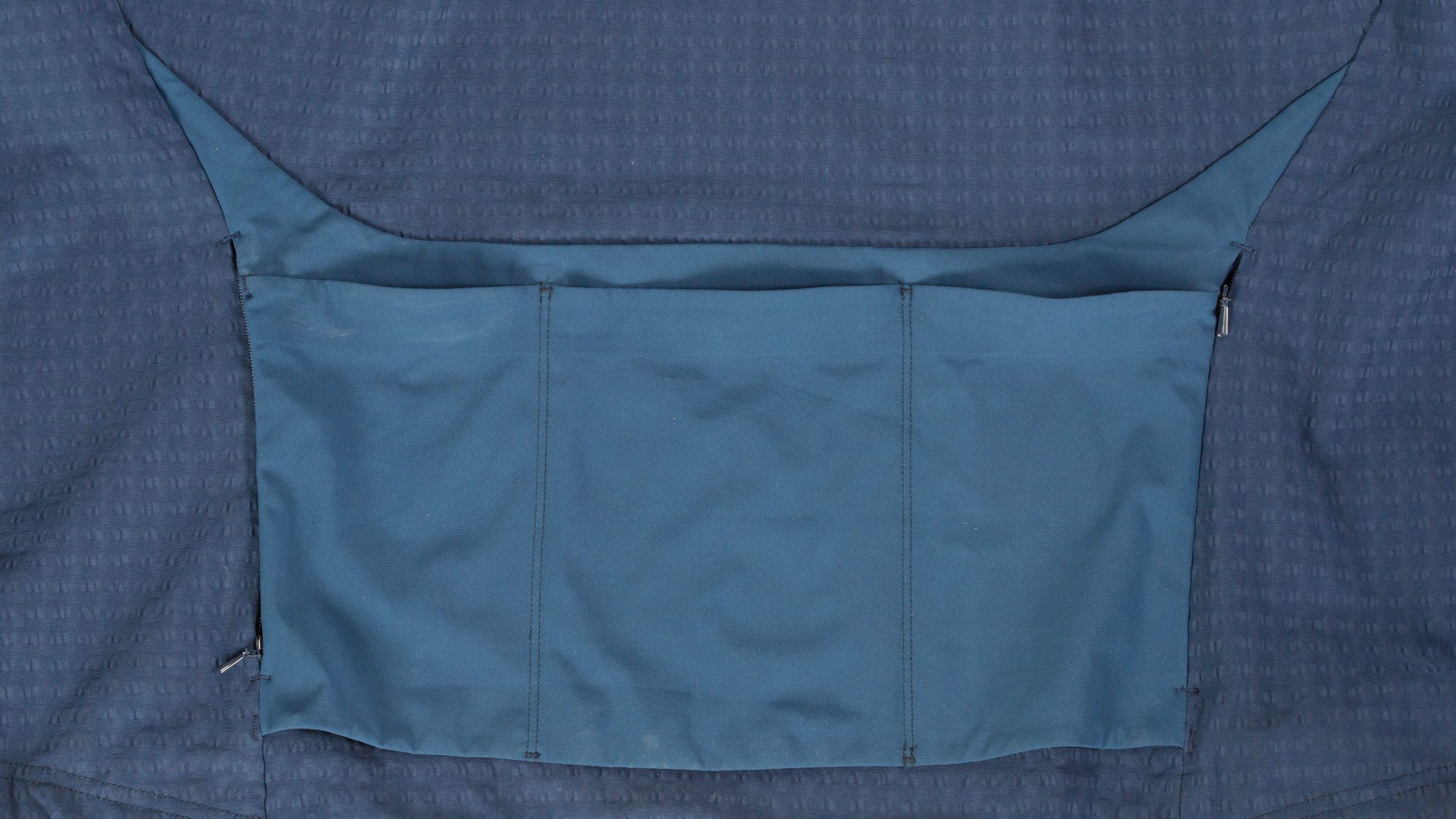
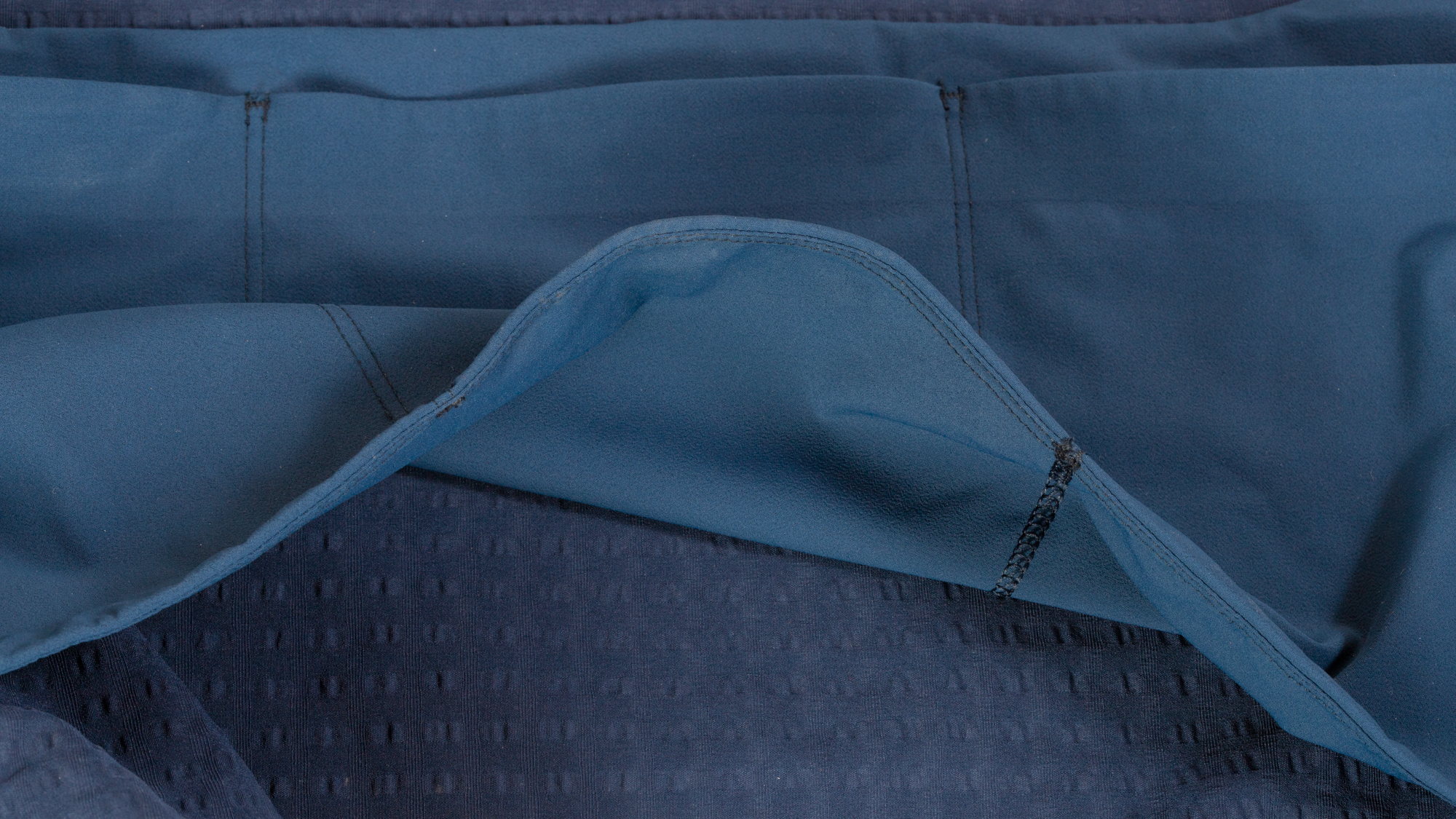
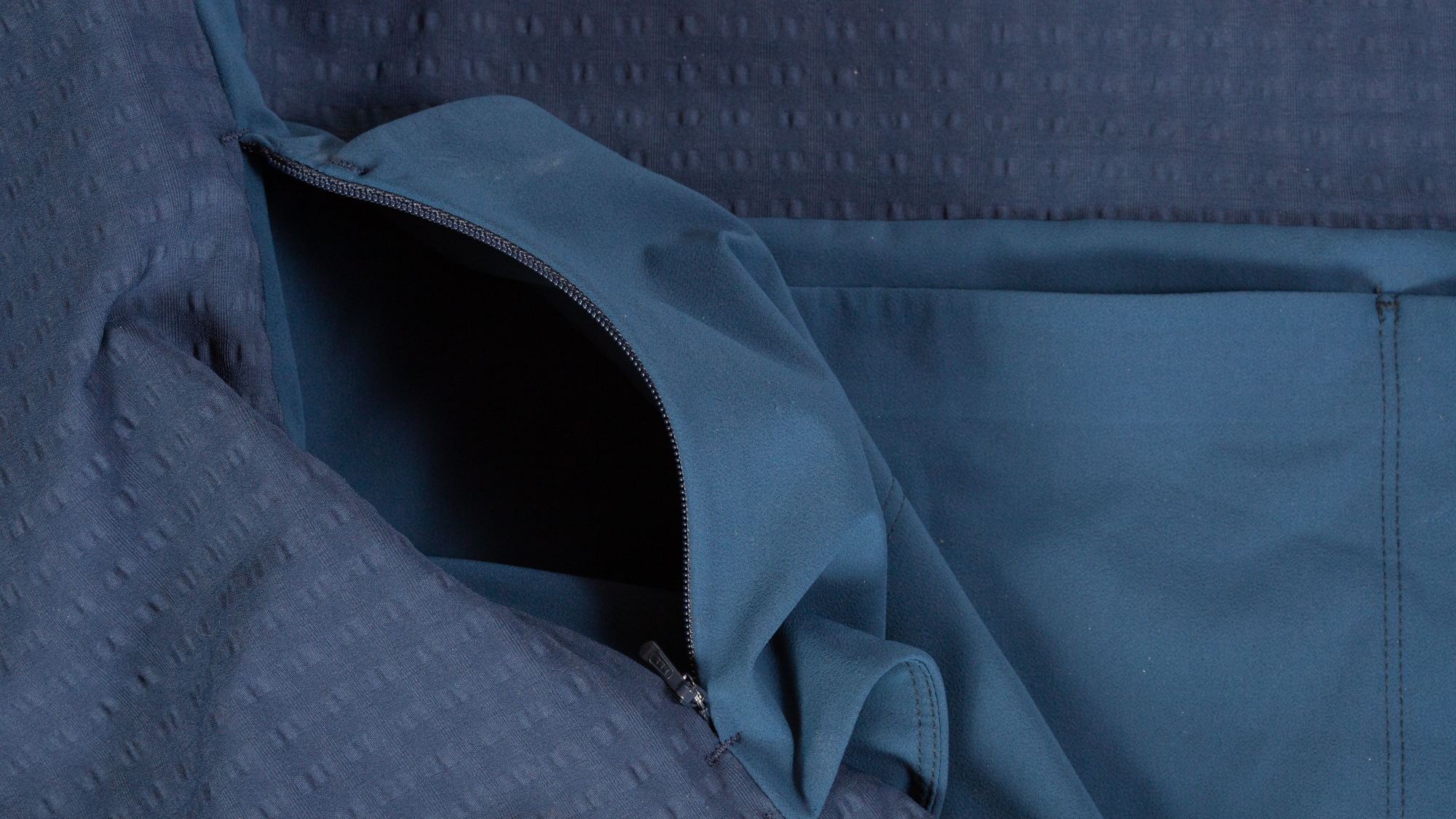
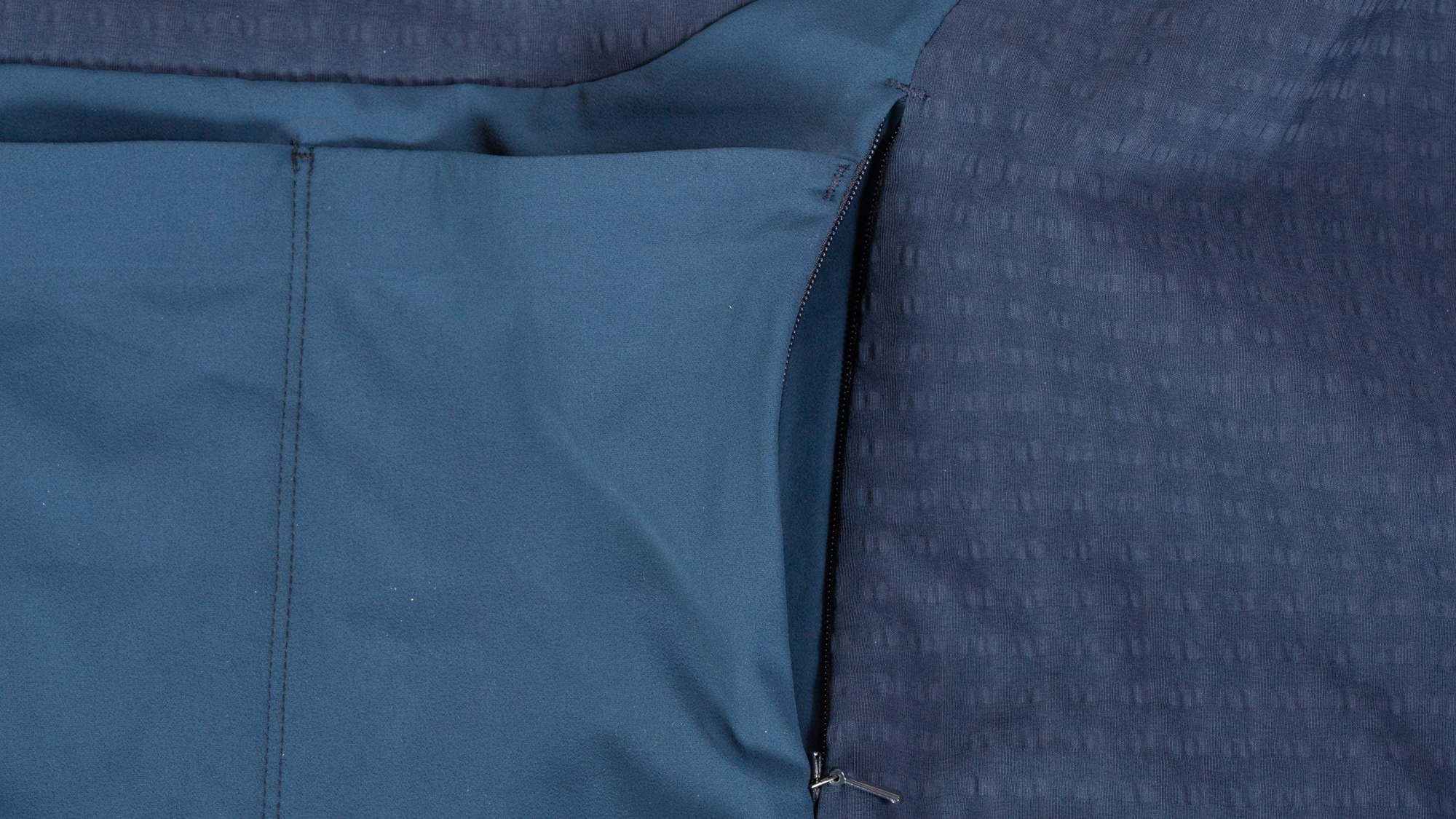
Instead of thinking about it as the only long sleeve jersey you need, think of that as only one piece of the capabilities. Most long sleeve jerseys that lack a membrane also lack any ability to stop the wind. The Seton adds capabilities because it will keep you warmer on fall and spring rides when it's chilly but dry but, as I said, that's not really special. What's special is that the lack of a membrane makes it useable as a mid-layer and that, unlike most long sleeve jerseys, it will stay dry in that role.
With this new understanding, I started grabbing the Seton each time I needed to test a shell. Over and over, I would head out into a storm for the sole purpose of surviving intact and I'd come back with a mid-layer that was dry and warm. What really drove the point home was my recent time spent hiking through the snow while carrying my bike. Not only was I able to stay warm with the PAS Normal Shield jacket, the 7Mesh Seton, and a warm base layer in temps as low as -4C/25F, but it was dry after seven hours of riding. Although my base layer was wet enough to wring out, the Seton was able to effectively move moisture through to the membrane in the jacket. That's what makes the Seton jersey special, the ability to also be the final layer is just a bonus.
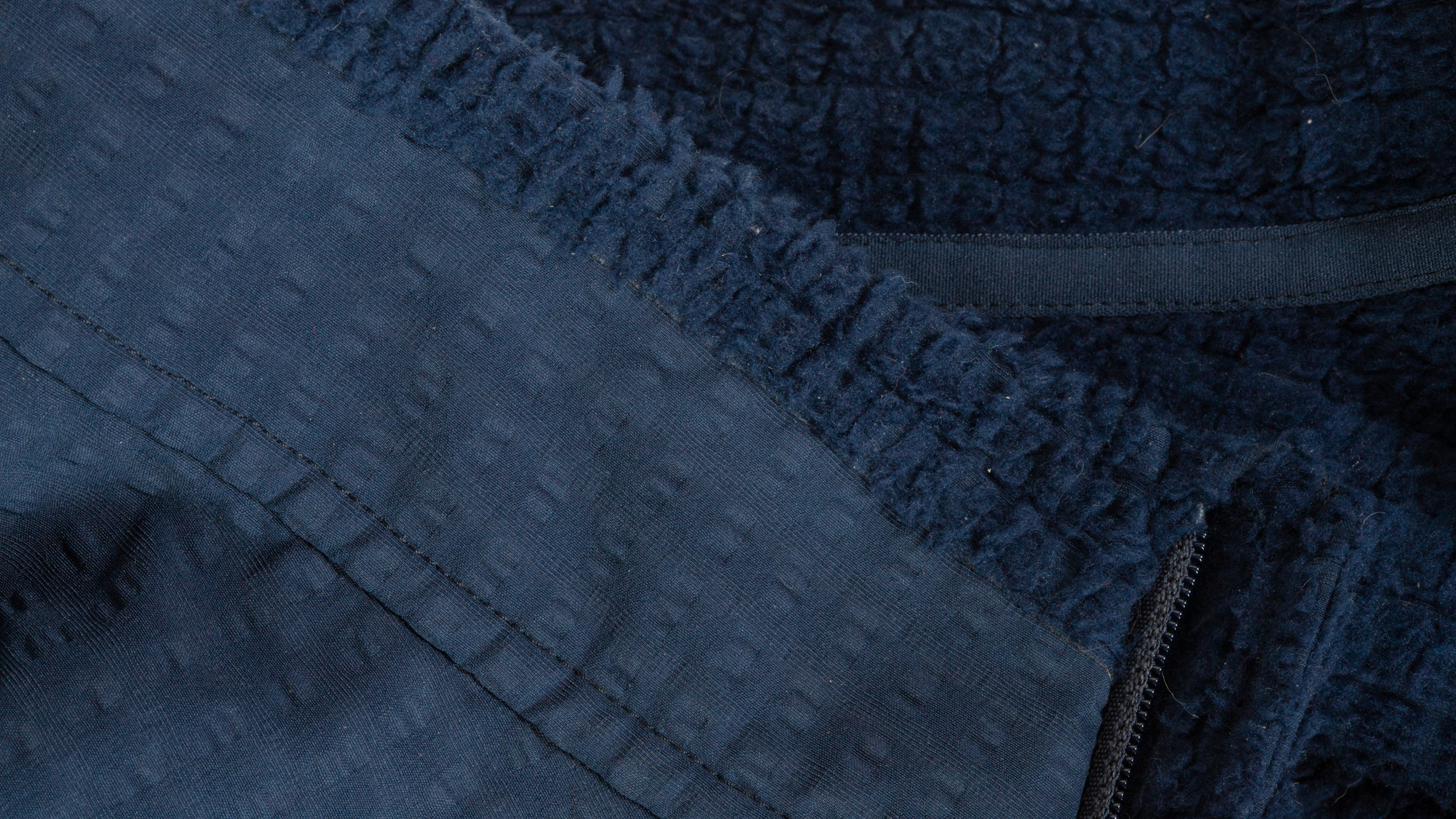
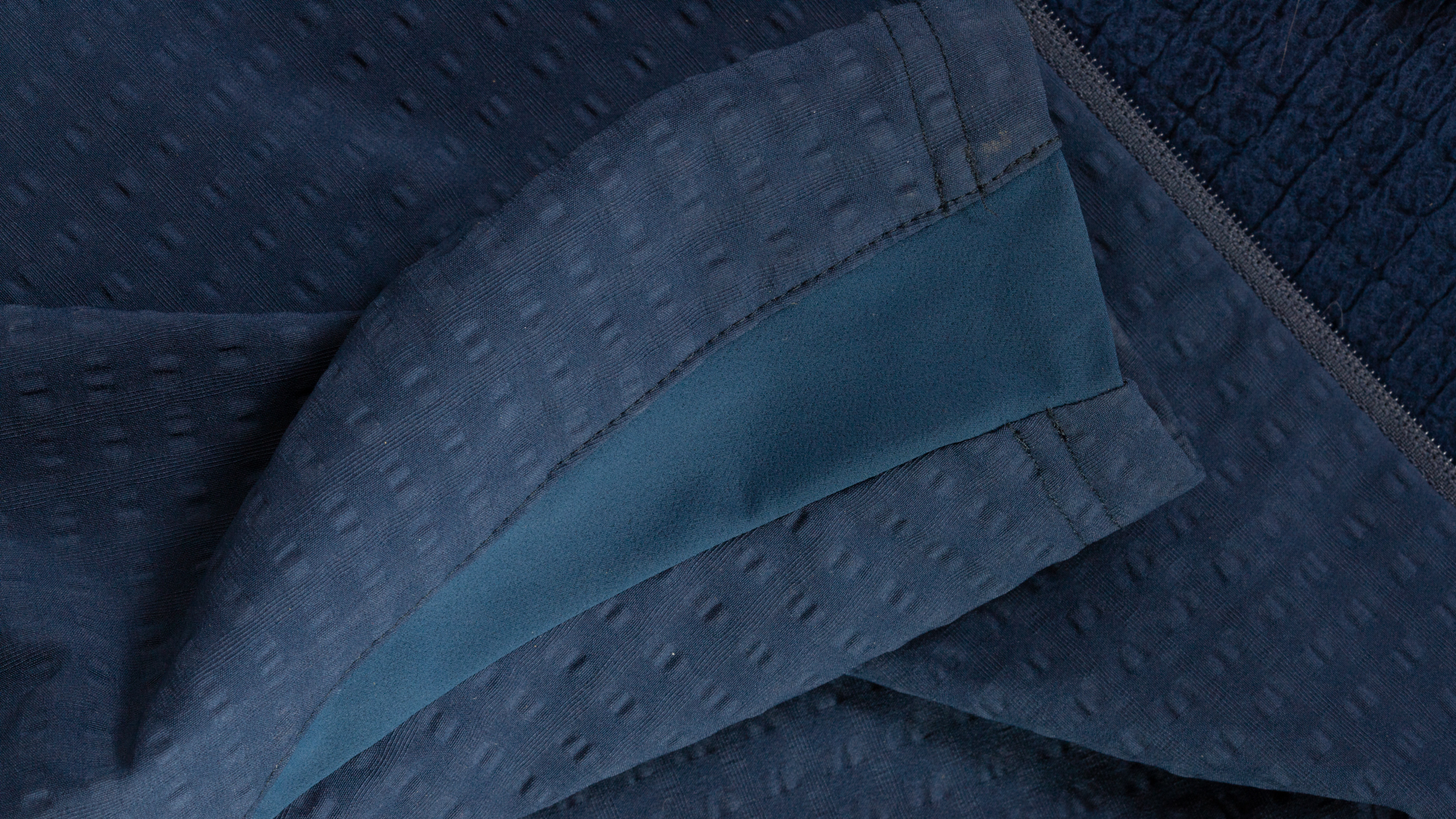
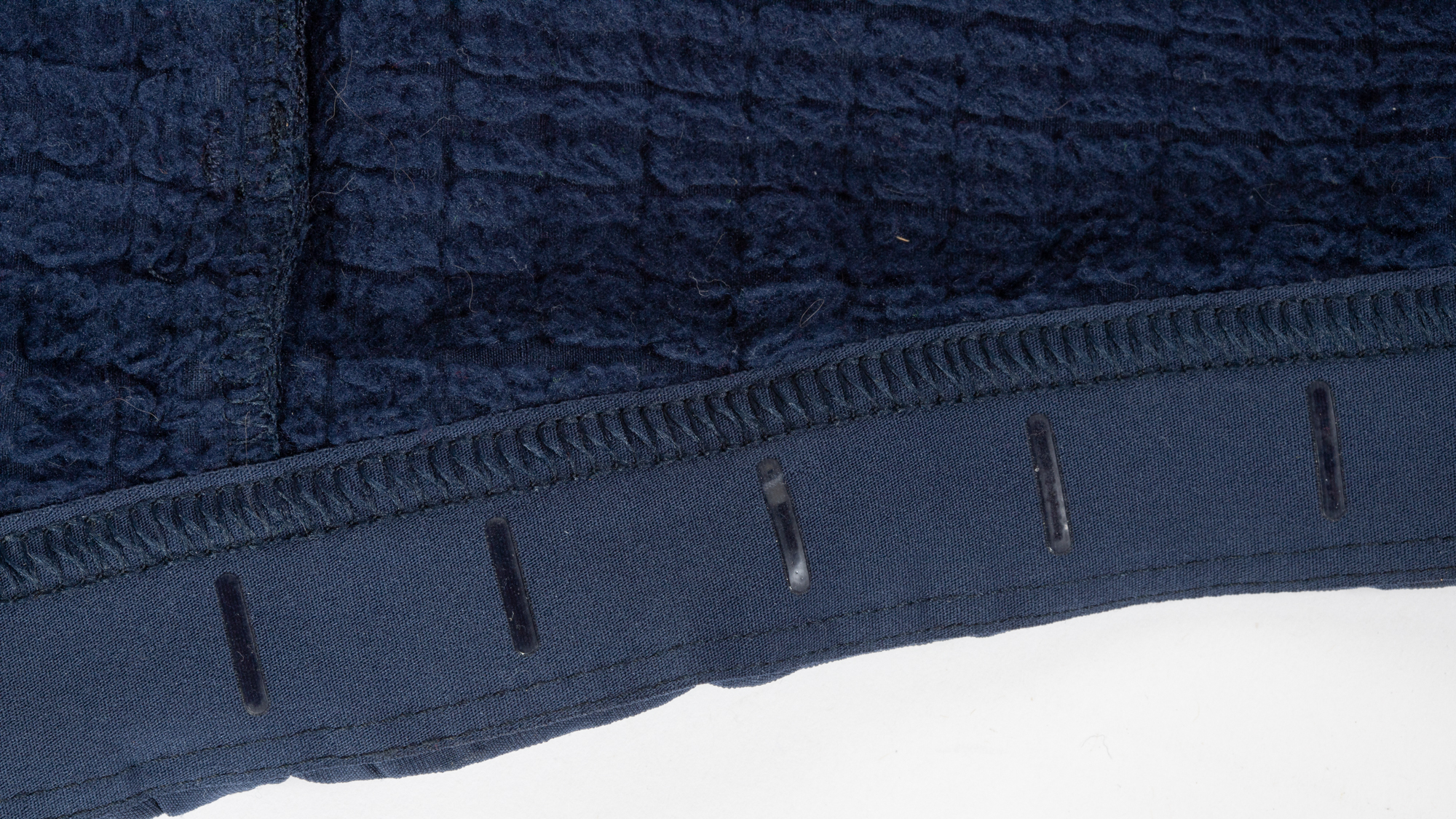
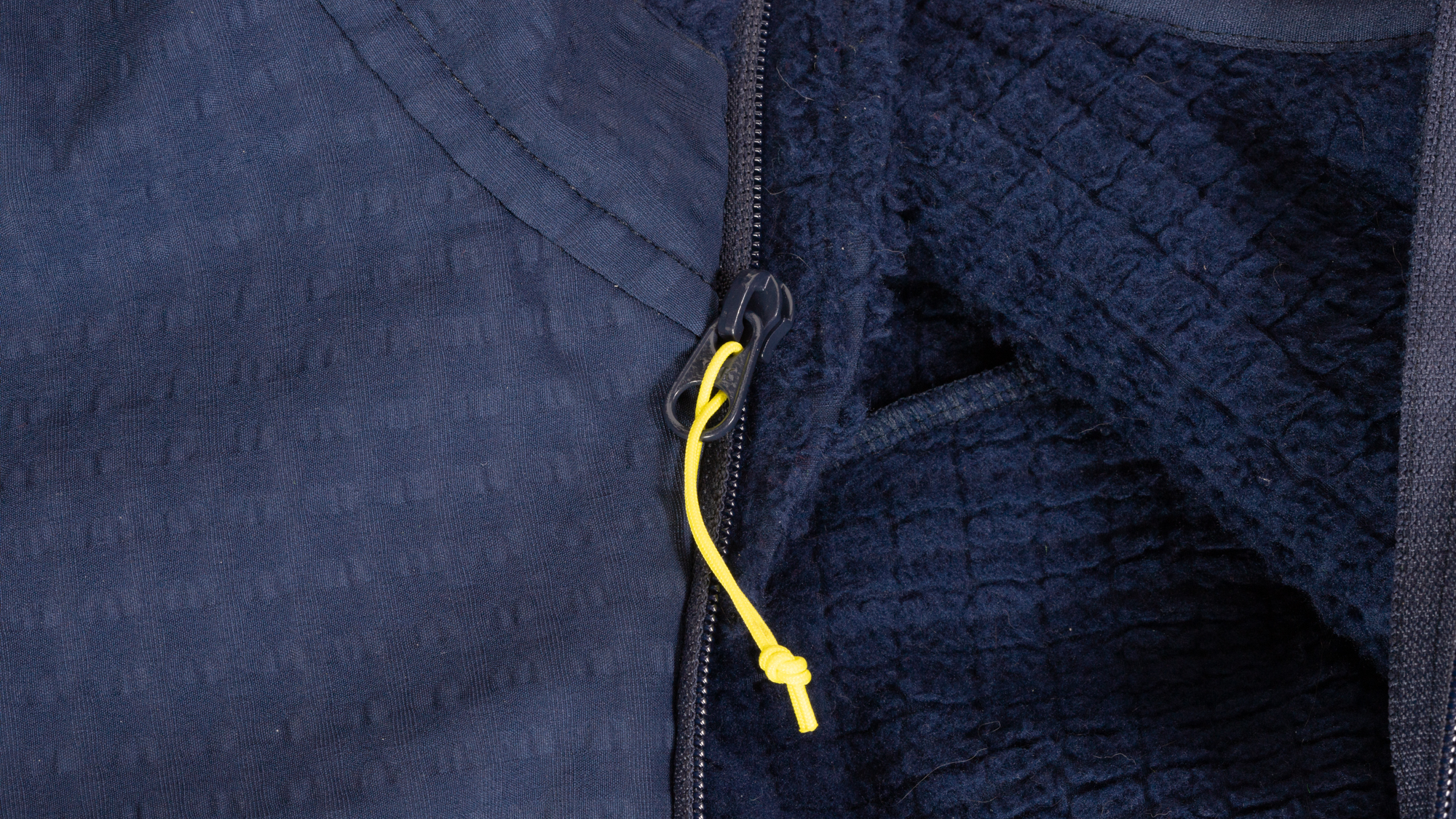
Verdict
When it comes to winter riding gear, there are three pieces that I've been incredibly impressed with this winter. As I said when discussing the PAS normal Shield jacket, it's my new adventure companion. That jacket stands alone for its performance as a shell but under it is a little less clear. I've tried a few warm base layers, and I've got more to come, and some are better or worse but none of them are fundamentally unique. Then there's the midlayer options I've tested.
When it comes to performance midlayers, the 7Mesh Seton and the Pearl Izumi Alpha layer are both incredible and unique. They both have a bit more of a comfort fit and they both have outstanding, though different, pocket designs. Either choice is a huge leap forward compared to a standard long-sleeve jersey and I gave them both five-star reviews. If you've had enough of doing things the way you always have, and you are ready to stay warm on deep winter rides, the only question is which one to choose.
For some people that question will be easy. If you live outside of the US, it's tough to find Pearl Izumi clothes. If you live outside the US, pick the Seton that comes from a Canadian company and has worldwide distribution. For US readers, it’s a little trickier.
I prefer the Alpha layer, just barely, if I want something that I will only ever use inside a shell. As I noted in that review, it's unusable as a final layer. If you want something that will serve more than a single purpose then the Seton is the one to grab. It will work alone in some situations, it's perhaps a bit warmer, and is able to hold more in the pockets. The only tweak I’d make is to give it a better, two-way, zipper but I also never unzip it so you might not even notice that.
| Design and aesthetics | Great features, excellent material, and vibrant colours. A point taken for a zipper that’s not great. | 9/10 |
| Thermal management | A little more substantial than Alpha insulation but still lighter than many jerseys and excellent at getting water away from your body. | 10/10 |
| Storage | You do lose a little stability with the unusual pocket design but it’s still good enough and there’s a tons of space. | 9/10 |
| Comfort and fit | Perfect fit and it’s super comfortable. | 10/10 |
| Value | It’s not hard to find a standard long sleeve jersey that’s more expensive and the Seton offer much higher performance. It’s not cheap but it is a great value. | 10/10 |
| Overall | Row 5 - Cell 1 | 96% |
Tech Specs: 7Mesh Seton Winter Jersey
- Price: £170 / $200 / €190
- Weight: 303g (As measured size small)
- Size availability: S-XXL
- Colour Options: black, midnight blue, zest
- Materials: Body: 57% polyester, 34% recycled polyester, 9% elastane, Contrast: 80% polyester, 20% elastane
Josh hails from the Pacific Northwest of the United States but would prefer riding through the desert than the rain. He will happily talk for hours about the minutiae of cycling tech but also has an understanding that most people just want things to work. He is a road cyclist at heart and doesn't care much if those roads are paved, dirt, or digital. Although he rarely races, if you ask him to ride from sunrise to sunset the answer will be yes.
Height: 5'9"
Weight: 140 lb.
Rides: Salsa Warbird, Cannondale CAAD9, Enve Melee, Look 795 Blade RS, Priority Continuum Onyx
